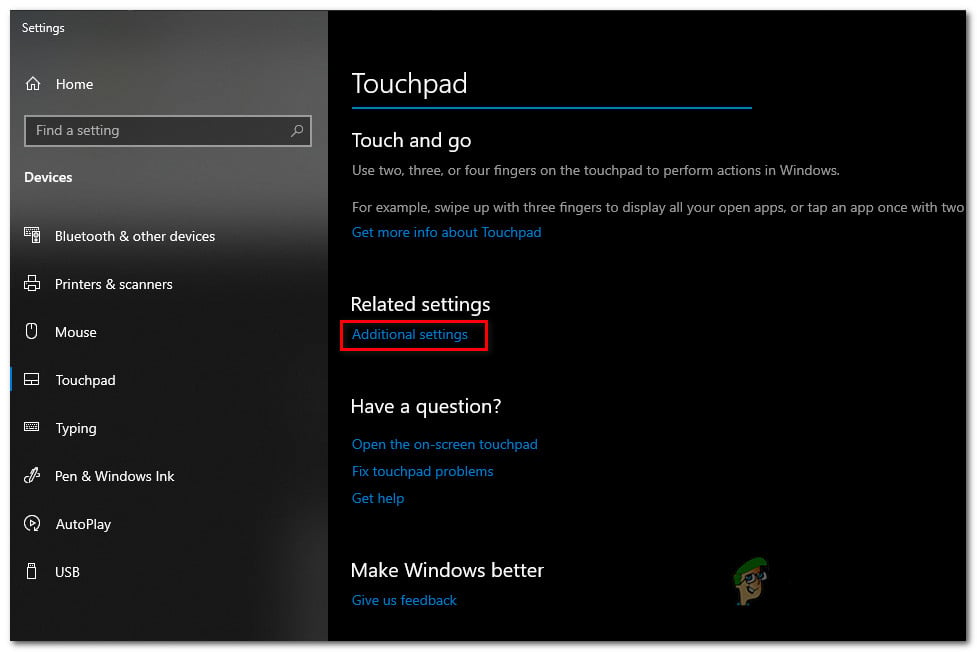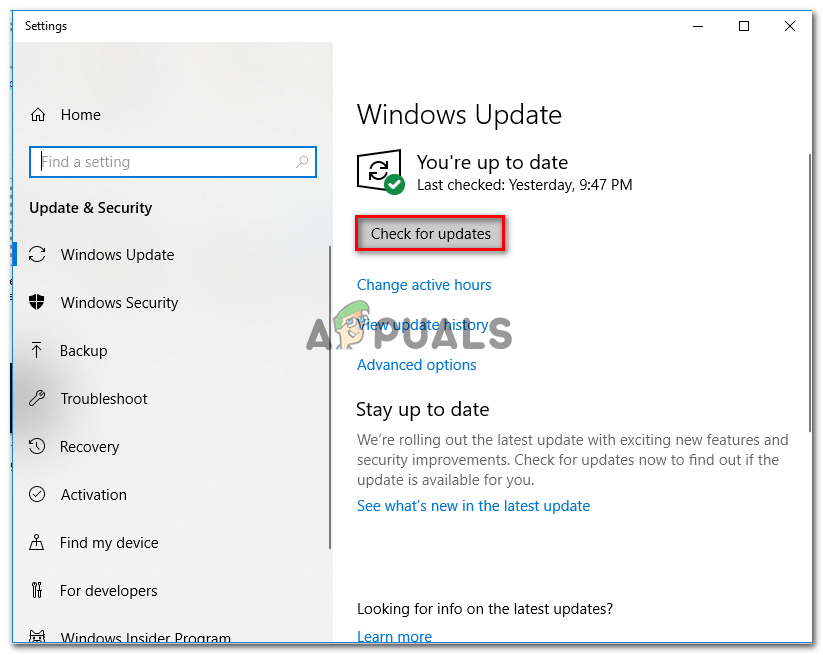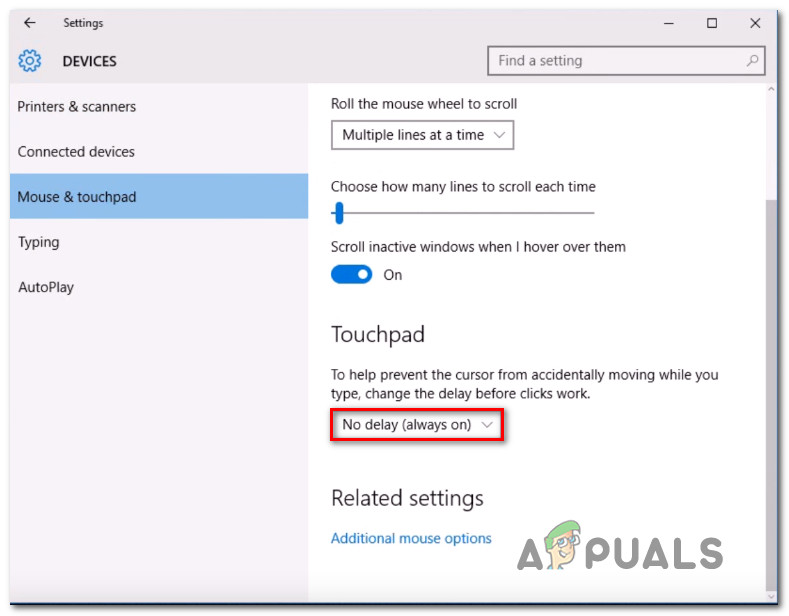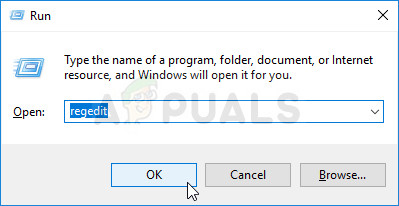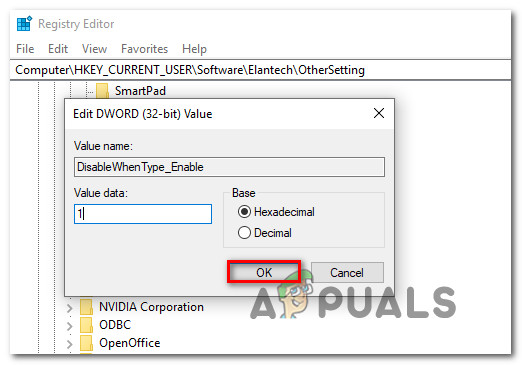What is causing the touchpad to stop working while a key is pressed?
We analyzed this particular issue by taking into account various user reports and the repair strategies that are commonly being used to fix this problem. As it turns out, there are several different potential culprits that are known to trigger this issue: If you’re currently searching for a guide that will resolve this problem, this article will provide you with several different troubleshooting steps. Down below, you’ll discover a collection of methods that are typically effective in resolving issues related with the touchpad stopping while a key is being pressed. Each of the potential fixes below is confirmed to occur by at least one user. For the best results, we advise you to follow the instructions in the order that they are presented, since we ordered them by efficiency and difficulty. If you find any methods that aren’t applicable to your current situation, skip them and continue with the next ones below. Eventually, you should find a method that resolves the issue for you, regardless of the culprit that is causing it. Let’s begin!
Method 1: Disabling Palmcheck (if applicable)
As some affected users have reported, you should be able to resolve the touchpad issue if you disable PalmCheck from your Touchpad settings. This procedure seems to be successful for HP laptops. If you find yourself in the same scenario, you should be able to resolve the issue by accessing the Synaptics LuxPad Settings and disabling Palmcheck. Note: If this scenario is not applicable to your current situation, move down to the next method below. Here’s a quick guide on disabling Palmcheck for your HP touchpad: If you’re still encountering the same issue, move down to the next method below.
Method 2: Disabling Touchpad Delay (if applicable)
Several affected users have reported that they got this issue resolved after they modified their Touchpad settings to not use any Delay. Microsoft eventually realized that this caused a problem for a lot of touchpad users, so they decided to remove the setting for good starting with the Creators Update. If you haven’t yet installed the Creators update, you will be able to resolve the issue simply by updating to the latest available Windows 10 built. Here’s a quick guide on doing this: If you don’t have the Creators updated and you have no intention of updating anytime soon, you can still use the old settings to resolve the touchpad issues. Here’s how to do this: If the same issue is still occurring, move down to the next method below.
Method 3: Using Registry Editor to disable the DisableWhenType value (if applicable)
If you’re encountering the issue with an Elantech driver, chances are the issue is being caused by a specific Registry value called DisableWhenType_Enable. Several affected users have reported that they managed to resolve the issue by using Registry Editor to modify this value so that it stays disabled no matter one. This fix has been confirmed to be effective on Windows 7 and Windows 10. Here’s a quick guide on using Registry Editor to modify the value of DisableWhenType_Enable: If the same issue is still occurring, move down to the next method below.
Method 4: Reinstalling the Synaptics driver (if applicable)
If you’re not on Windows 10, one of the methods above should have resolved the issue by now. But if you’re using Windows 10 with a Synaptics touchpad driver, you’ll need to adopt a different route. Several affected users have reported that they managed to resolve the issue by disabling the wireless card, uninstalling the Synaptics driver and then reinstalling the latest version from the official manufacturer Download website. Here’s a quick guide on how to do this: If you’re still encountering the same error message or this method wasn’t applicable to your particular scenario, move down to the next method below.
Method 5: Creating a Reg File that deletes Synaptics user settings
If you’re using Windows 10 with the Synaptics driver, chances are you will be able to resolve the issue by creating a .reg file capable of resetting the user settings related to the touchpad back to the default values. This reg file will essentially override a Registry value having to do with the Synaptics driver. This procedure is way quicker than making the modifications manually (via Registry Editor). Note: Keep in mind that this method will not be effective if you’re using a touchpad driver different than then one provided by Synaptics. Several affected users have reported that after creating this reg file, running it and restarting their computer, the touchpad was no longer malfunctioning when a keyboard key was pressed. Here’s a quick guide on creating the necessary .reg file:
Fix: Spacebar Not Working without Holding the Fn KeyMultiple Devs Claims Xbox Series S is Holding Back Next-Gen GamesFix: Keyboard’s Windows Key Not Working on Windows 10/11How to Fix Your Laptop’s Touchpad Not Working


